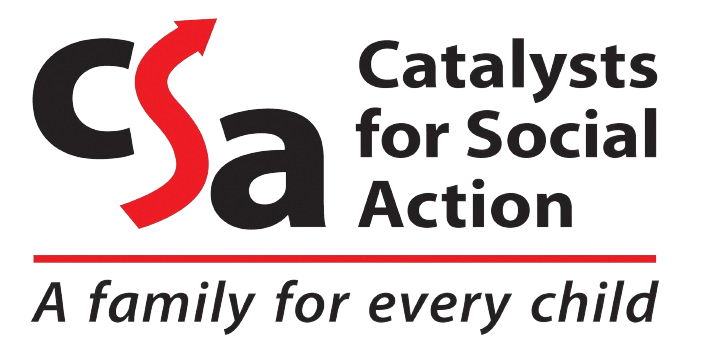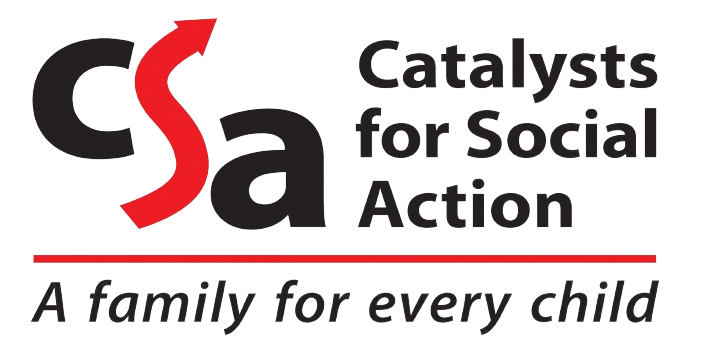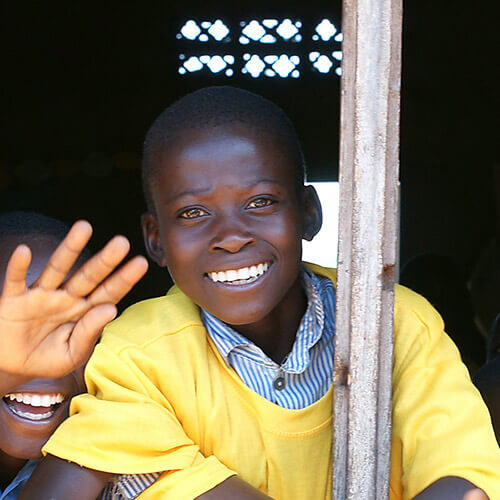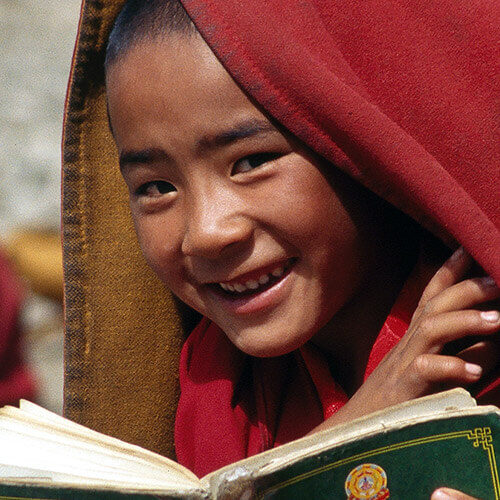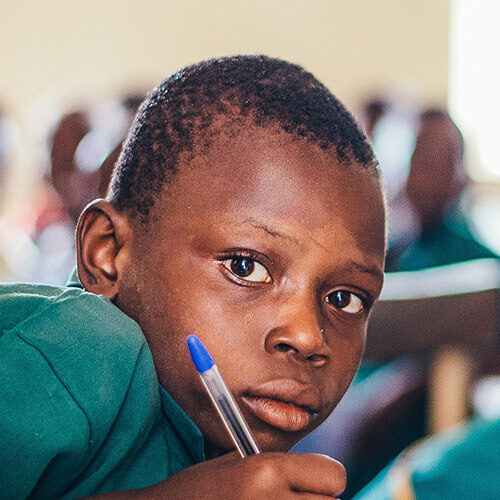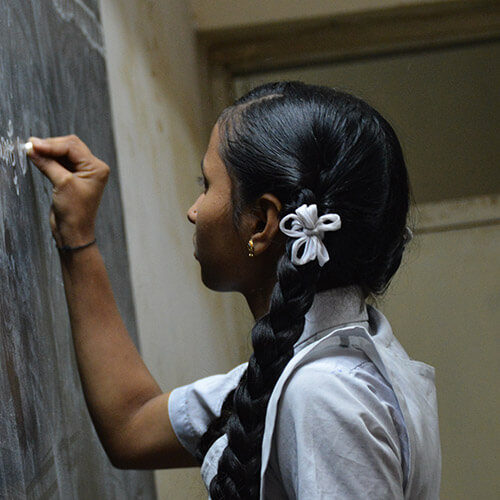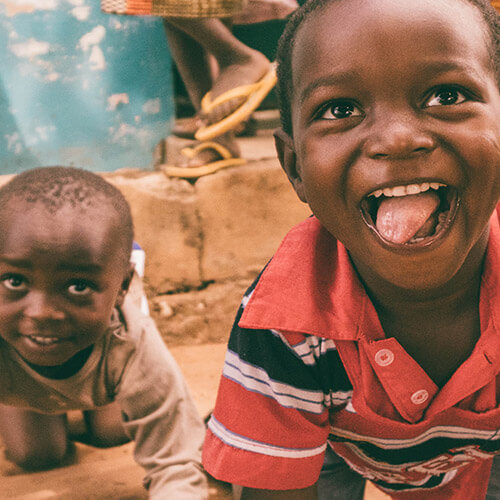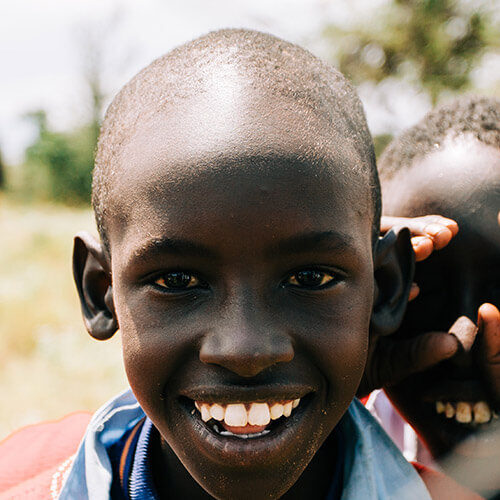Catalysts for Social Action
Guiding principles for capturing, storing and usage of children’s pictures in communications and publications of the organisation
While pictures and videos are an effective medium for conveying information and the impact of the work being carried out by any organisation, it is important that special precautions are taken when using pictures, videos, audios, and other identifiable information of children in the interest of their safety and privacy. An even greater degree of care needs to be taken when the organisation works with children in difficult circumstances. Irresponsible practices with respect to capturing, storing and dissemination of pictures, videos, audios, and other identifiable information of children can place children at risk of retribution or stigmatisation.
These guiding principles have been framed by Catalysts for Social Action (CSA) for its own use by referring to provisions of the law, industry standards, guidelines and good practices followed by other organisations working in a similar domain. The objective of these guidelines is to bring clarity on the DOs and DONTs and to support team members involved in reporting to ensure information is captured and disseminated in a sensitive manner without compromising on the rights and best interests of children. The term ‘children’ is to be construed as any person who has not attained the age of 18 years.
Therefore, it is the responsibility of respective Location Heads and team leaders to ensure that all team members are familiar with these principles, understand its contents, and act in compliance with the same. These principles specifically address the usage of pictures, videos, audios, and other identifiable information for the organisation’s communications and publications, and are not meant to override any provision of the organisation’s Child Protection Policy and other policies governing the behaviour of staff, volunteers, etc.
Guiding principles :
- The dignity and rights of every child are to be respected in every circumstance. Children must be represented in a dignified, respectful manner.
- When conducting any interview of a child or reporting on specific issues about a child or group of children, special attention needs to be given to ensure each child’s right to privacy and confidentiality, to have their opinions heard, to have them participate in decisions affecting them and to protect them from harm and retribution.
- Children have the right to participate in decisions affecting them, with their views given due weightage in accordance with their age and maturity.
- The use of stereotypes in imagery, both negative and positive, should be avoided.
- Applicable law and guidelines must be adhered to, including
a. Section 74 of the Juvenile Justice Act, 2015, which pertains to the ‘Prohibition on disclosure of identity of children’
b. Section 9 of the Digital Personal Data Protection Act, 2023 that mentions provisions related to ‘Processing of personal data of children’.
c. Guidelines of the National Commission Protection Child Rights, which “recommends to refrain from practising any activities that involve using pictures, videos or any such materials that showcases vulnerable children in deplorable condition in order to raise funding.”
DOs and DONTs :
- No identifying information or picture may be captured, stored, shared or published of any child who is (a) a child in conflict with law, (b) a witness or victim of a crime, (c) a victim of sexual abuse or trafficking, (d) a victim of child marriage, or (e) a child who is HIV positive or living with AIDS in a child care institution (CCI).
- The term identifying information in point number 1 above includes name, address, village/town/city, school, distinctive buildings or landmarks, or any particular which may lead to the identification of the child. Publication of information or pictures of any such child as mentioned in point number 1 may be permitted only when written permission for the same has been obtained from the respective Juvenile Justice Board or Child Welfare Committee responsible for holding inquiry of the child.
- Where a child’s circumstances make him/ her especially vulnerable (eg due to poverty, homelessness, parent or siblings infected with HIV, being an orphan, child of soldier or refugee), care must be taken to ensure the publication of their picture or story does not cause further harm, trauma, distress, humiliation, embarrassment, grief or expose them to danger.
- All communication using pictures of children should be decent and respectful and should not portray children as victims. Images and stories should provide a balanced depiction of the child ́s life and circumstances.
- Before capturing the picture, children and their guardian or the chief functionary of the CCI (‘superintendent’ / ‘trustee’) where they are residing should be informed about the purpose of taking pictures and where the picture is intended to be used. Permission from the child’s and his or her guardian or CCI trustee must be obtained for all interviews, videotaping and photographs, and for further disseminating and publishing such information. When possible and appropriate, permission should be in writing.
- Permission must be obtained in circumstances that ensure that the child and guardian are not coerced in any way and that they understand that they are part of a story that might be disseminated locally and globally. This is usually only ensured if the permission is obtained in the child’s language and if the decision is made in consultation with an adult the child trusts.
- No picture or story of a child may be captured, stored, shared or published if the child and/or the CCI trustee/ guardian expressly denies consent for the same for whatever reason.
- No child should be asked to tell a story, take an action or pose in a manner that is unrelated to them or does not depict their reality. As far as possible, accurate content for the child’s story or image should be provided.
- Questions, comments or actions that are judgmental, insensitive to cultural values, that place a child in danger or expose a child to humiliation, or that trigger a child’s pain and grief from traumatic events should be avoided.
- Images of children must not show them in a state of undress or in inappropriate poses.
- Pictures, case studies, interviews, and any identifying information of children should be stored in secure facilities to which a limited number of people have access. Access to external service providers should be limited and granted only for the period during which it is required.
- Where appropriate permission and consent for sharing the picture of a child is not available for any reason, the face of the child on pictures used in social media posts and/or on any external communication including reports must be blurred such that they are not identifiable.
References :
- https://www.unicef.org/media/reporting-guidelines
- https://ec.europa.eu/info/sites/default/files/standards_child_protection_kcsc_en_1.pdf
- https://accountablejournalism.org/ethics-codes/empowering-children-in-the-media-editorial-guidelines-for-reporting-on-chil
- https://archive.crin.org/en/guides/communications/media-toolkit/ngo-communications/using-images-children-media.html
- https://www.cry.org/downloads/CRY%20Child%20Protection%20Policy.pdf
- http://www.cini-india.org/wp-content/uploads/2018/09/CINI-Child-Safeguarding-Policy-03_09_18.pdf
- https://inbreakthrough.org/policies/child-safeguarding-policy/
- https://cara.wcd.gov.in/pdf/jj%20act%202015.pdf
- Digital Personal Data Protection Act 2023.pdf (meity.gov.in)
- 167041329563907bef1b7a4_ngo.pdf (ncpcr.gov.in)
